Square Hollow Section
Square hollow sections for structural applications and construction projects.
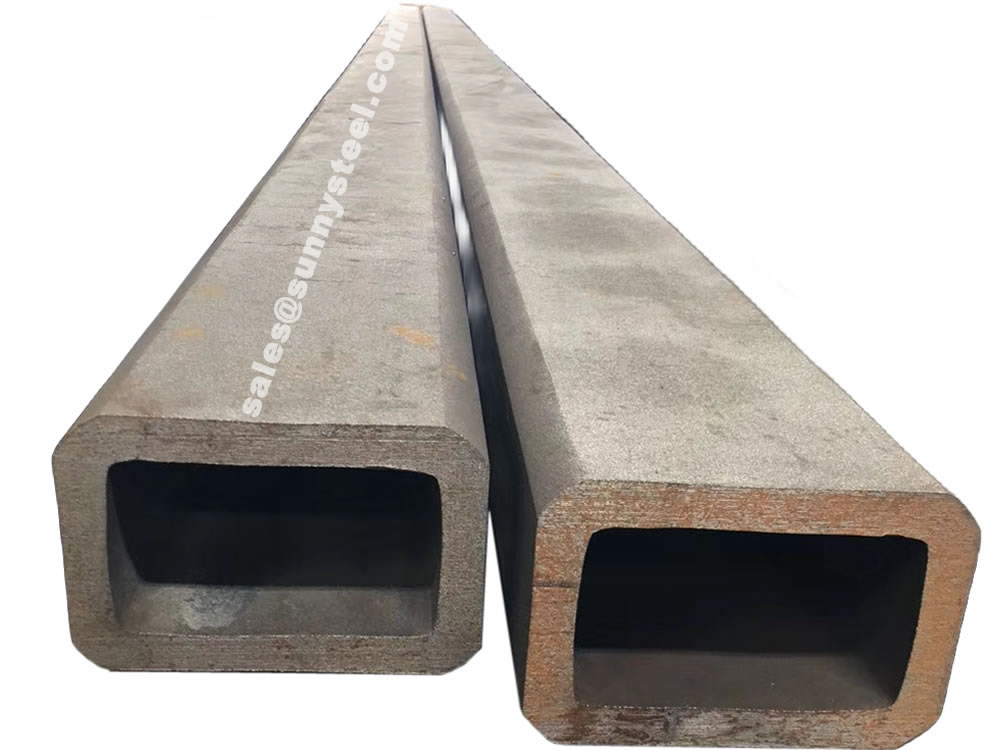
A Rectangular Hollow Section (RHS) is a type of steel profile with a rectangular hollow cross-section throughout its length.
It is commonly used in construction and structural applications due to its strength and versatility.
Since rectangular and square HSS have about two-thirds the surface area of an open section of comparable capacity, this has a cost-saving benefit as there is less surface to prepare, fewer painting materials are required, cementitious fireproofing can be reduced, and minimal labour is needed.
As a structural section, the Rectangular Hollow Section tube is commonly used. The pipes are produced to give greater strength and solderability. It is 50 mm x 25 mm to 450 mm x 250 mm in size. The width of the wall in larger sections ranges between 2 mm and 20 mm.
Its uniformity makes it predictable to use and visually appealing. It has a high weight-to-strength ratio.
We are manufacturing and exporting Rectangular Hollow Sections, Rectangular Hollow Steel Sections and Rectangular Hollow Section Tubes as per customer's requirement with anti rust oil coating from inside & outside of the tubes to ensure safe delivery to end customers.
Rectangular Tube is commonly available in Aluminium, Stainless Steel, Black Steel and Bright Steel. It can be purchased at any Metal Supermarkets location. It can be cut to your exact specifications.
Specialising in Steel, Cut to Length, Round, Square, Hollow, Rectangular, Rectangular Hollow Sections, RHS
A wide range of dimensions, when combined with the appropriate steel grade, ensure that the functionality and cost-efficiency of your structure can be optimised.
The term RHS stands for Rectangular Hollow Section. RHS is the most prevalent term and is generally accepted for describing square hollow section as well, which is technically incorrect. The correct term for square tube is SHS which stands for Square Hollow Section.
Steel Grade: Q195, Q215, Q235, Q345, S235JR, S275JR, SS4007-
| Data | Elements(%) | ||||
|---|---|---|---|---|---|
| Materal Grade | C | Mn | S | P | Si |
| Q195 | 0.06-0.12 | 0.25-0.50 | <0.05 | <0.045 | <0.30 |
| Q215 | 0.09-0.15 | 0.25-0.55 | <0.05 | <0.045 | <0.30 |
| Q235 | 0.12-0.20 | 0.30-0.70 | <0.045 | <0.045 | <0.30 |
| Q345 | <0.20 | 1.0-1.6 | <0.04 | <0.04 | <0.55 |
| Materal Grade | Yield point (Mpa) | Tensile Strength (Mpa) | Elongation(%) |
|---|---|---|---|
| Q195 | >195 | 315-430 | 32-33 |
| Q215 | >215 | 335-450 | 26-31 |
| Q235 | >235 | 375-500 | 24-26 |
| Q345 | >345 | 470-630 | 21-22 |
| Length | +/- 50 MM |
|---|---|
| Wall Thickness | +/- 12.5% |
| Weight | +/- 8% |
Square tubes and rectangular tubes are two common shapes of hollow structural sections used in various applications like construction, manufacturing, and engineering. The main difference between them lies in their cross-sectional shape:
1. The cross-section differs:
A square tube has a square cross-section, while a rectangular tube has a rectangular cross-section.
2. Different applications:
- Square tube uses: Construction, machinery manufacturing, steel construction projects, shipbuilding, solar power brackets, steel structure engineering, power engineering, power plants, agricultural and chemical machinery, glass curtain walls, automotive chassis, airports, boiler construction, highway railings, building construction, pressure vessels, oil storage tanks, bridges, power station equipment.
- Rectangular tube uses: Transporting fluids such as petroleum, natural gas, water, gas, and steam, especially when requiring bending and torsional strength with low weight. It is also widely used in manufacturing mechanical parts and engineering structures. Additionally, it's used in the production of conventional weapons, barrels, shells, and more.
3. Different coverage scope: A square tube is a type of rectangular tube and is included in the category of rectangular tubes.
Additional Information:
Rectangular tubes are typically produced in two main ways: cold rolling and hot rolling. Hot-rolled rectangular tubes are made by passing hot-rolled strips through a manufacturing process. Cold-drawn or cold-rolled precision tubes are used for mechanical structures and hydraulic equipment, offering high dimensional accuracy and a smooth surface finish.
Many defects in square tubes arise during the perforation process. Therefore, perforation is a critical step in square tube production. Perforation, especially in high-alloy materials, can be challenging due to their low perforation performance. To ensure quality, it's essential to select deformation parameters for perforation carefully.
RHS (rectangular hollow steel) tubing is used for a wide variety of construction and fabrication purposes. This tubing is extremely popular for the construction of furniture, frames, and all sorts of load bearing uses.
Furniture industries & domestic applications, bus body, fencing etc. Sizes other than mentioned above can also be produced upon specific requirements.
Hot rolled rectangular steel tube is ideal for structural applications, general fabrication, repairs and manufacturing. Its box-shape design allows for increased strength and rigidity over other shapes of hot rolled steel. Hot rolled rectangular steel tube is easy to cut, weld, form and machine.

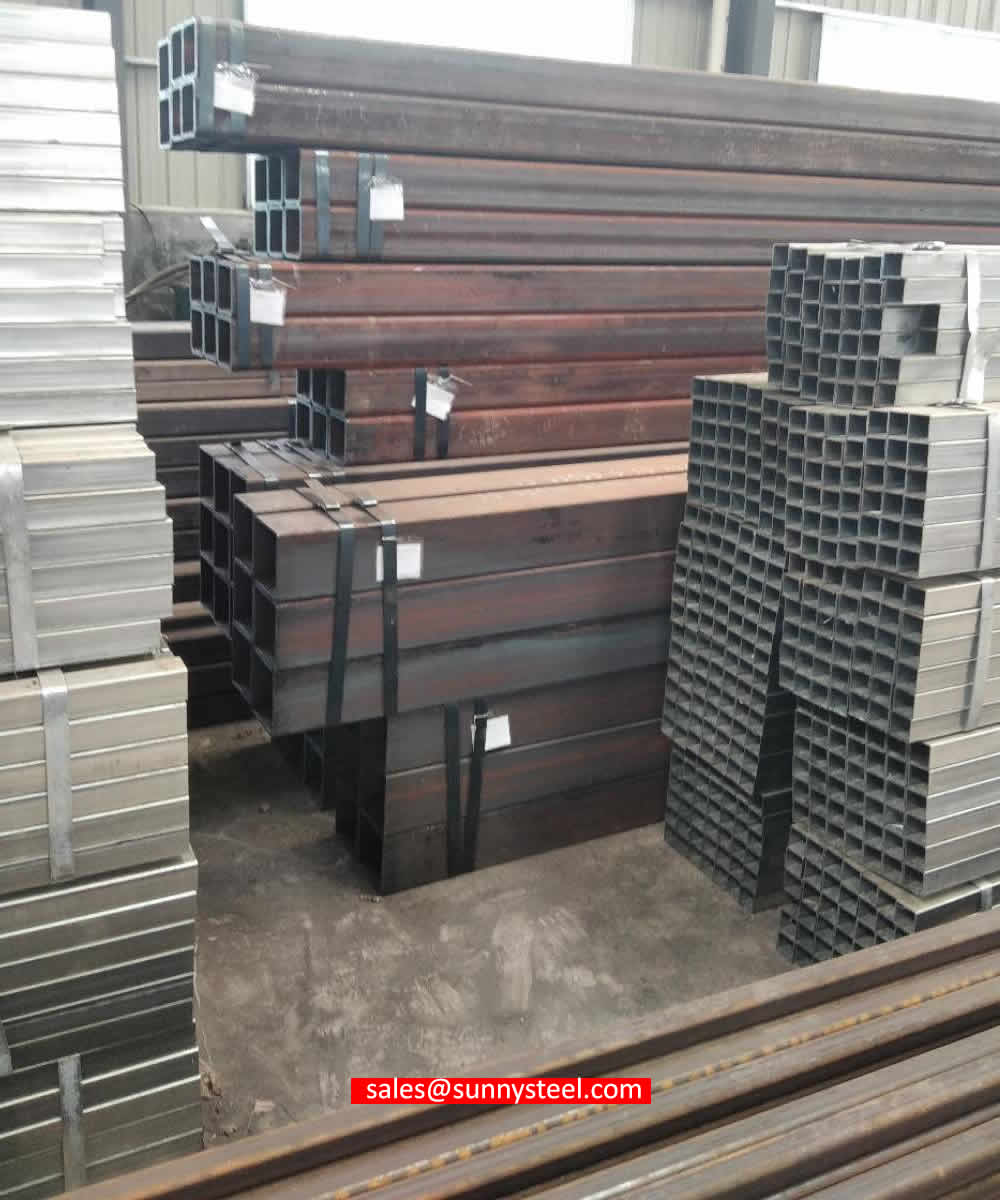
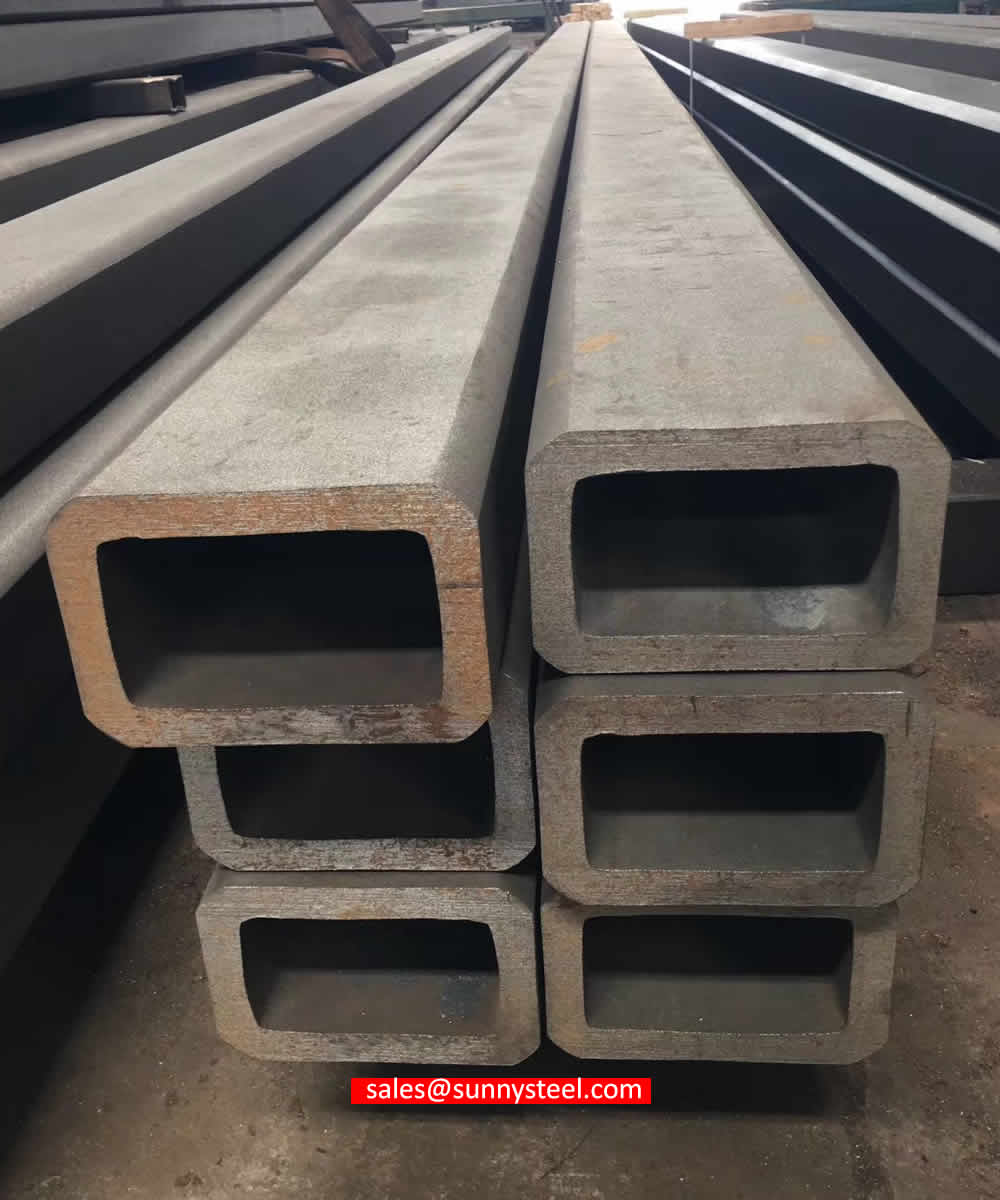
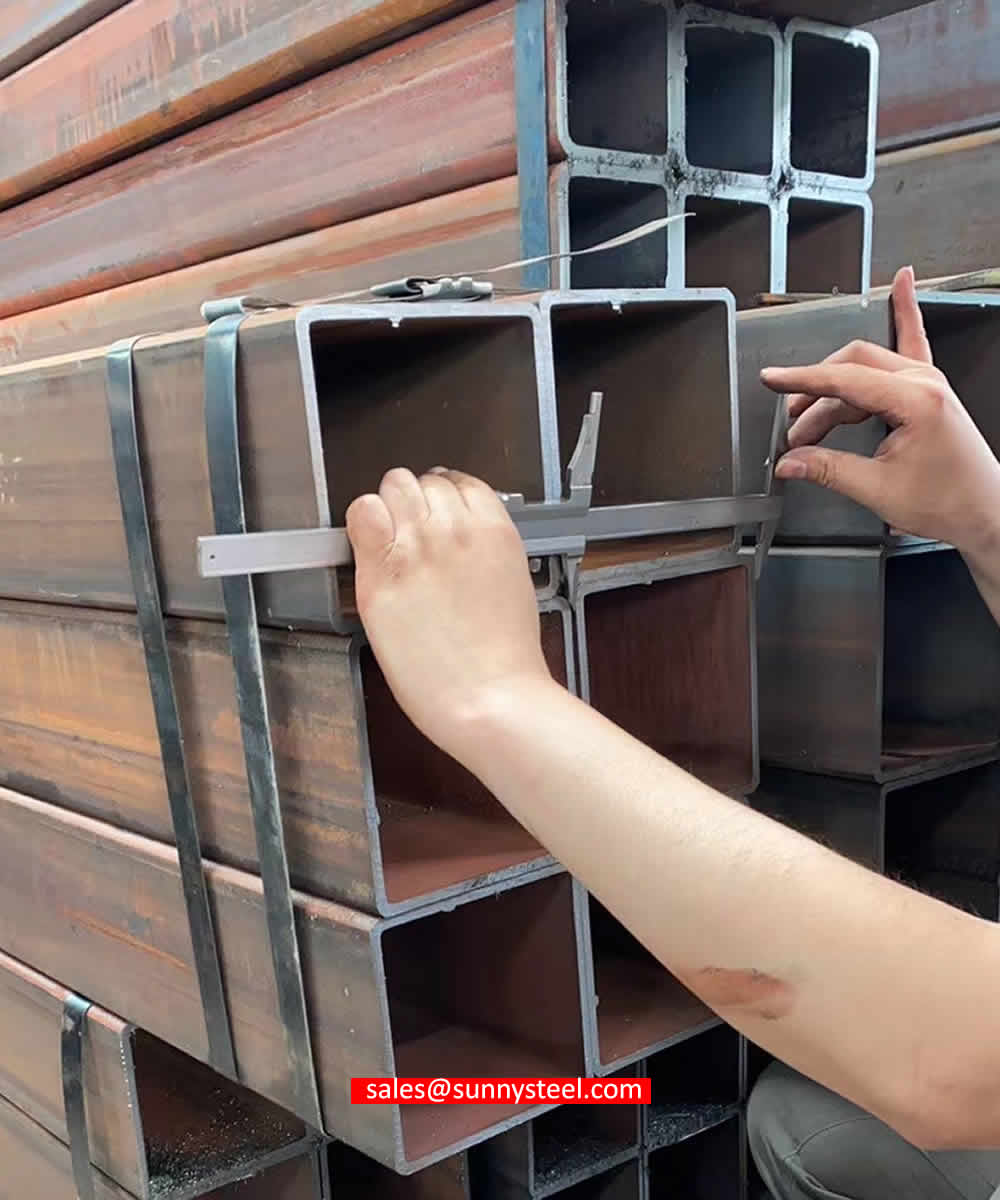
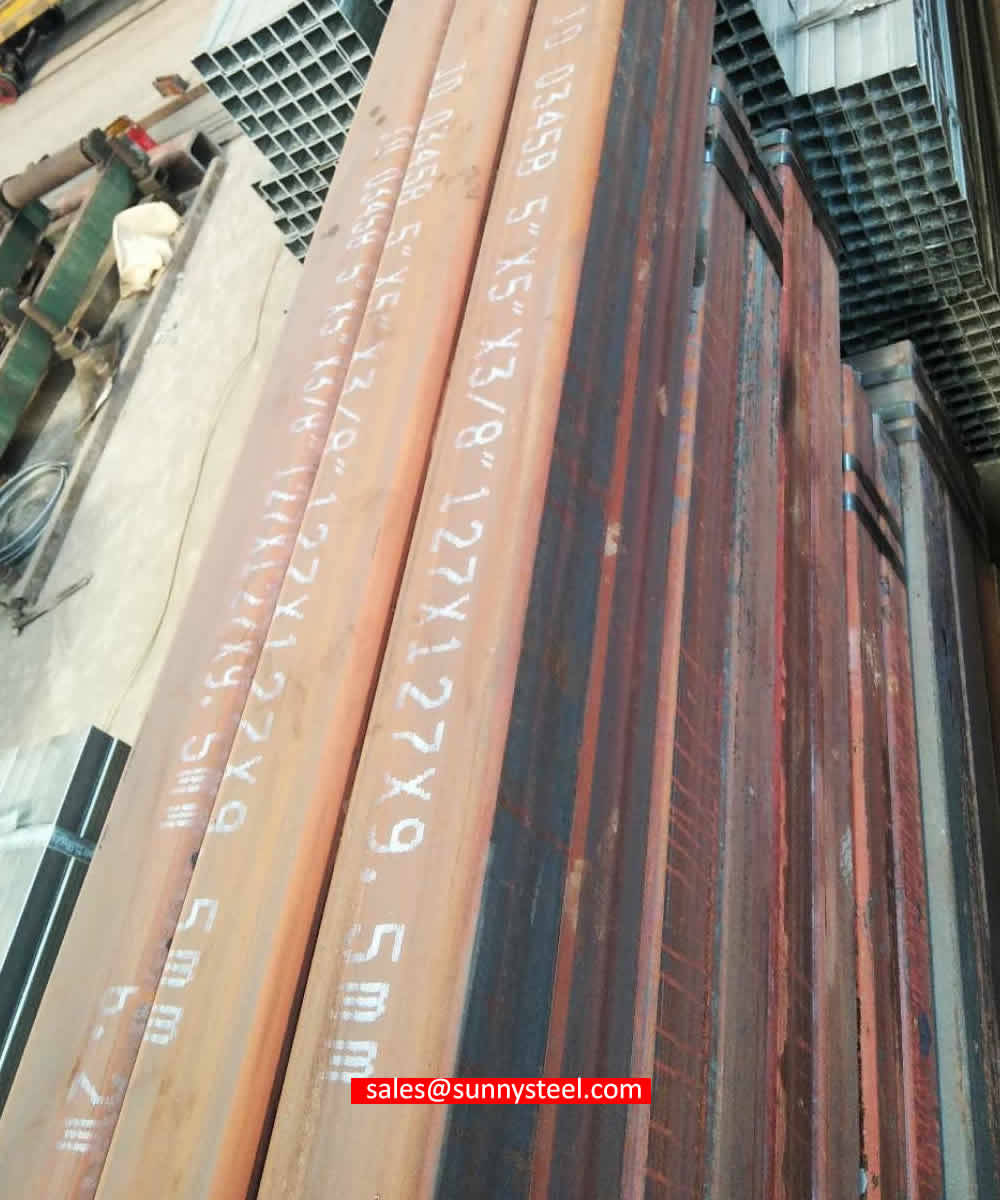
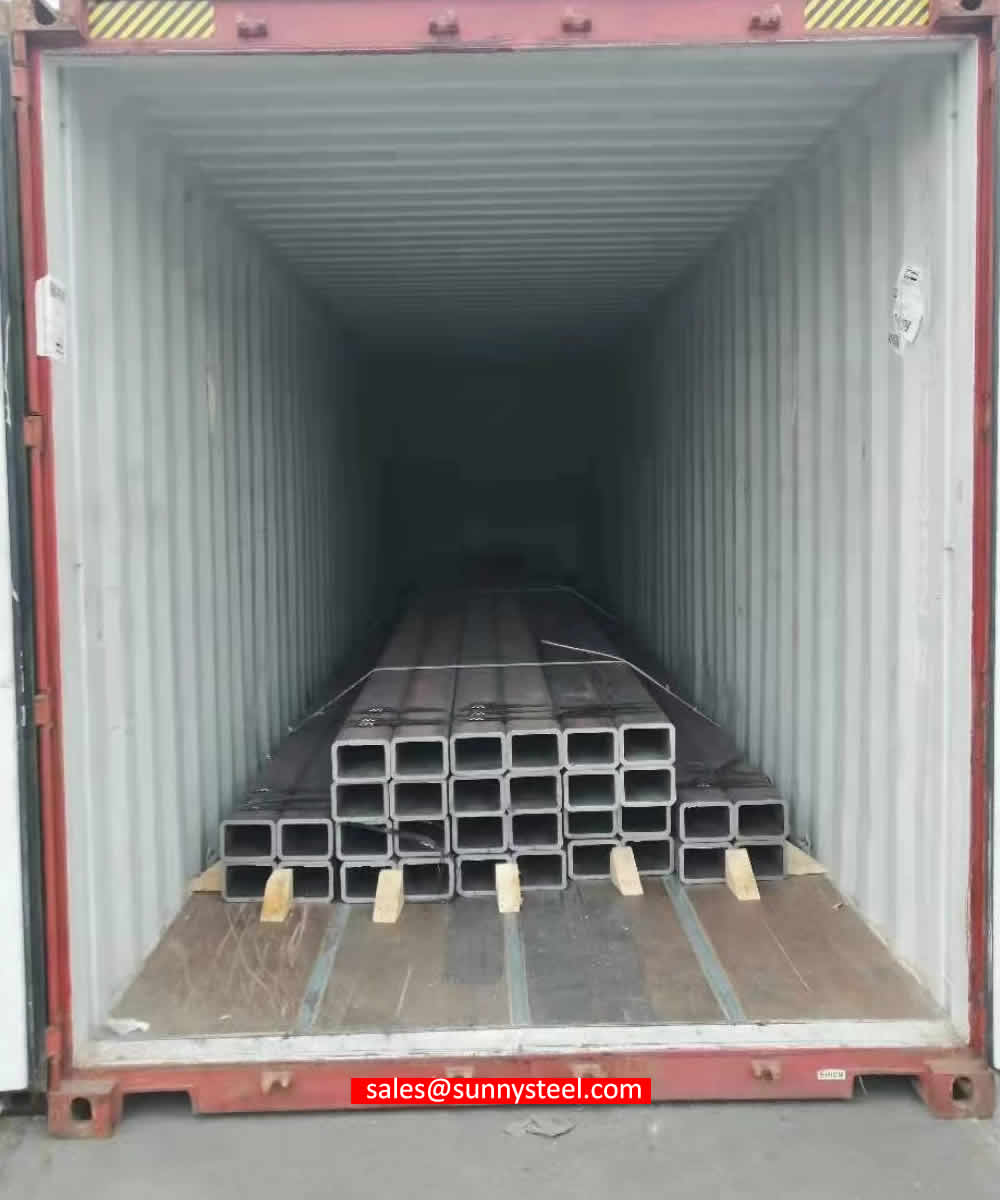
Steel rectangular tube is a versatile solution for:
As a rule of thumb, a solar thermal installation with up to four collectors needs ¾-inch pipes (1.905 centimeters); up to eight collectors will need 1-inch pipes (2.54 centimeters); anything bigger doesn't have a rule of thumb!
Rectangular hollow sections or rec tubes are cold formed and welded from either hot rolled, cold rolled, pre-galvanized or stainless steel. In order to form the rectangular steel section the appropriate mother tube, a round steel tube, has to be formed first.
They are are welded from the inside to form their shape. Rectangular tubes are generally used for maintenance and structural purposes.
Rectangular steel tube comes in different sizes, specifications and wall thicknesses.
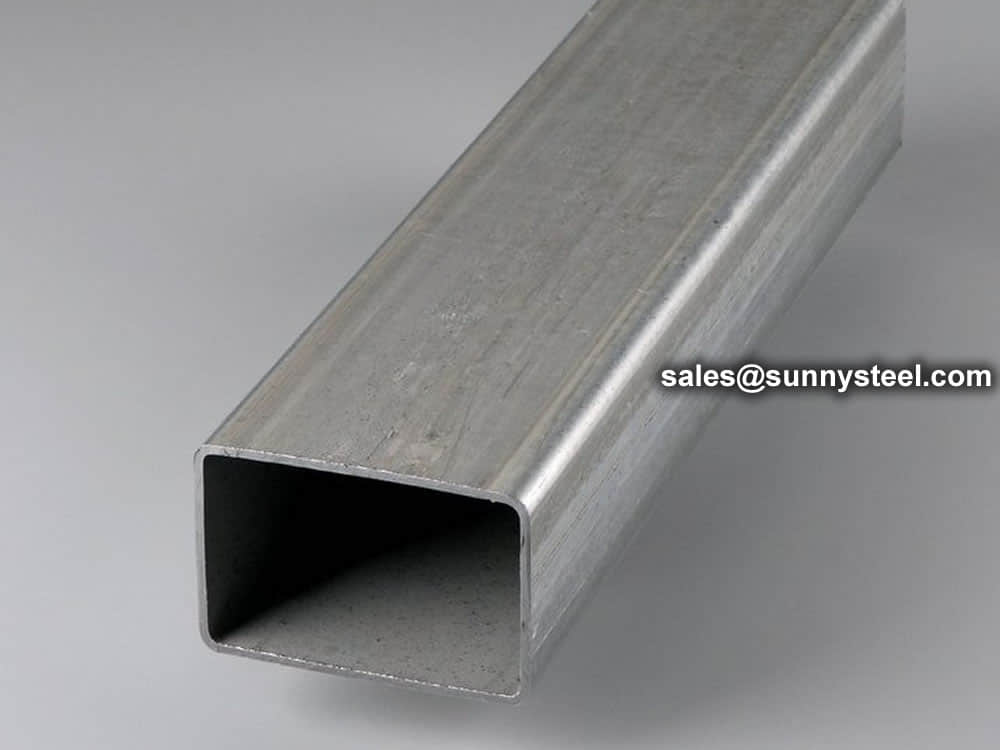
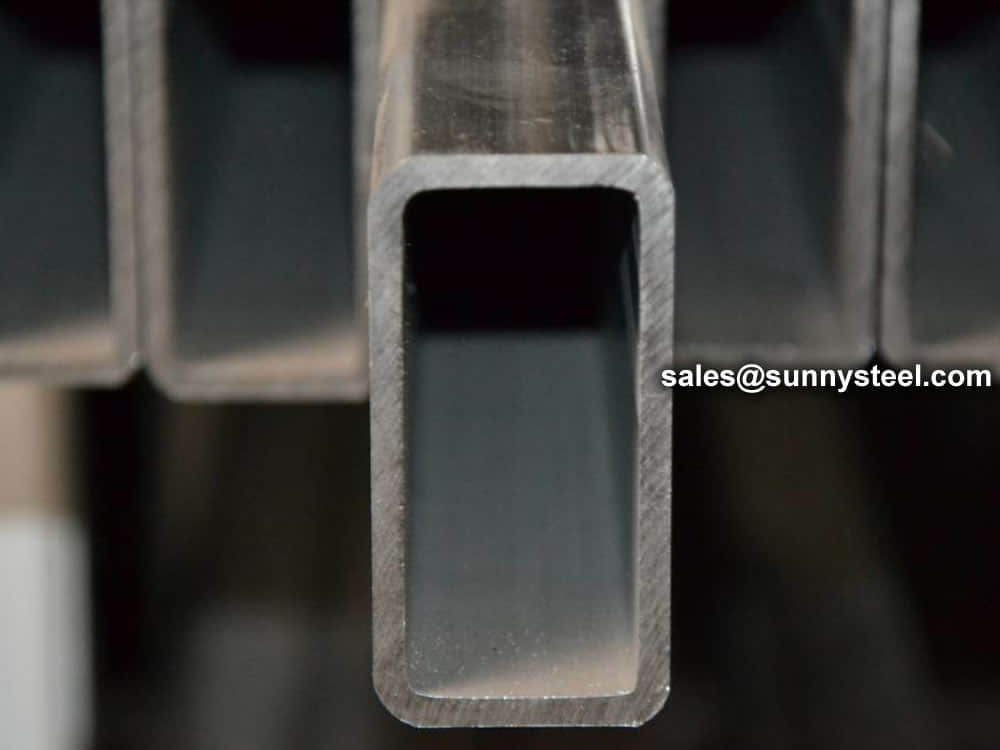
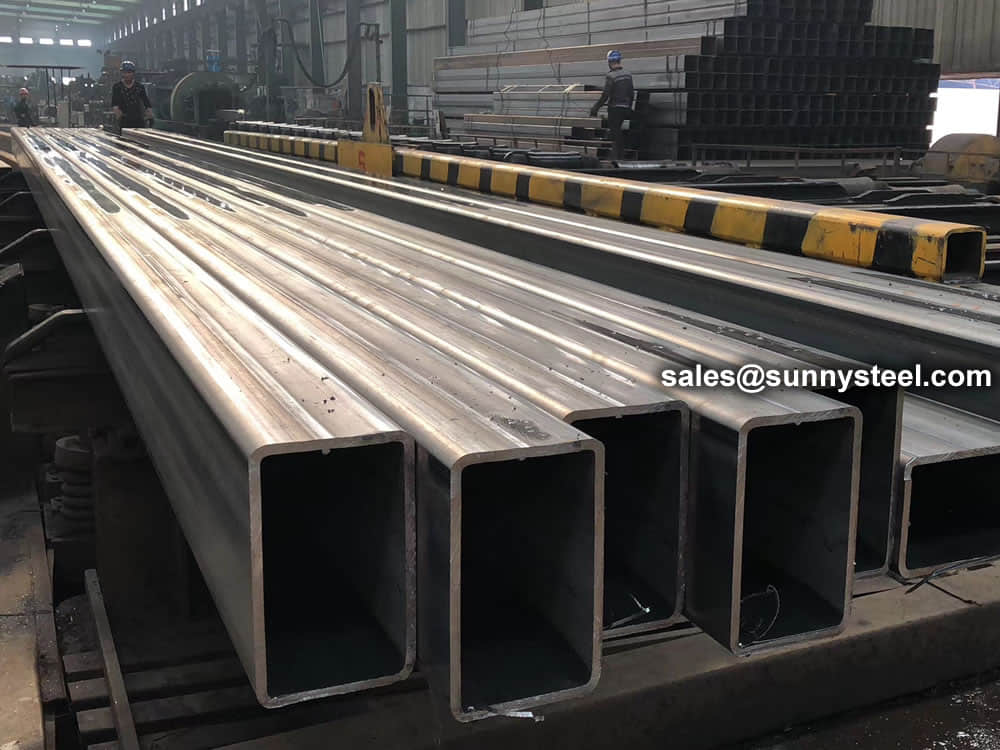

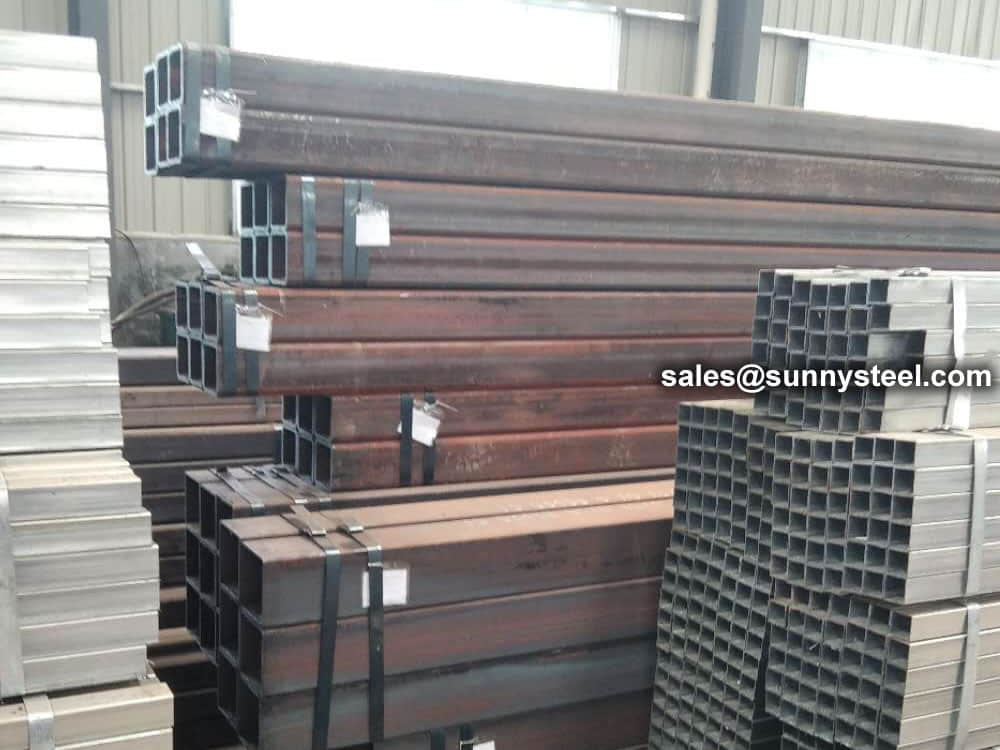
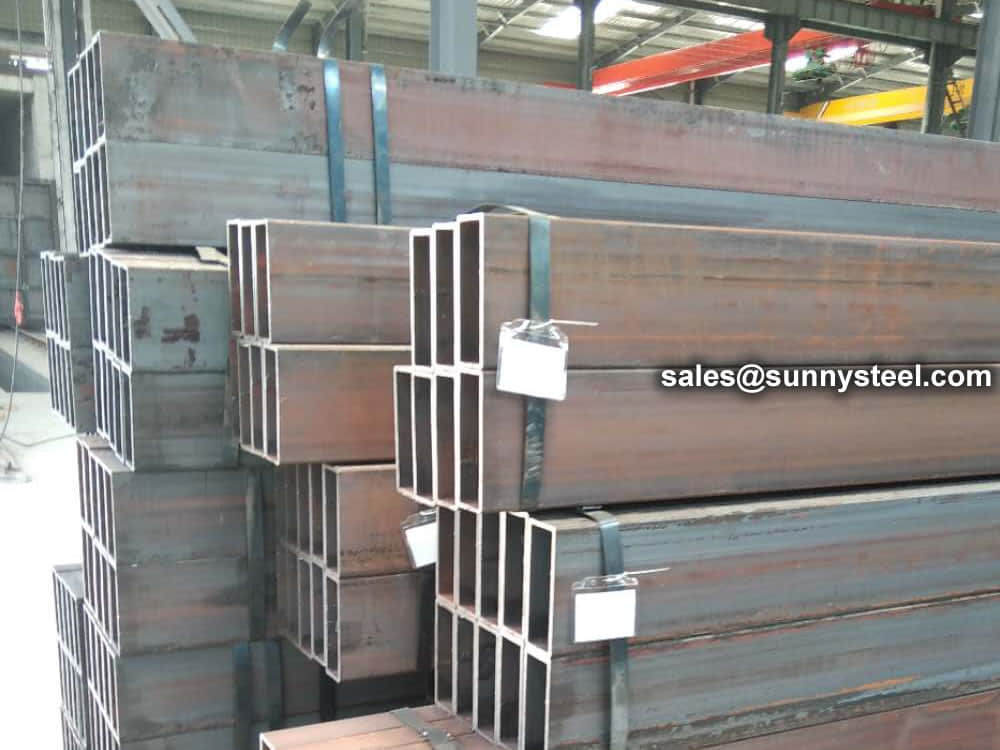
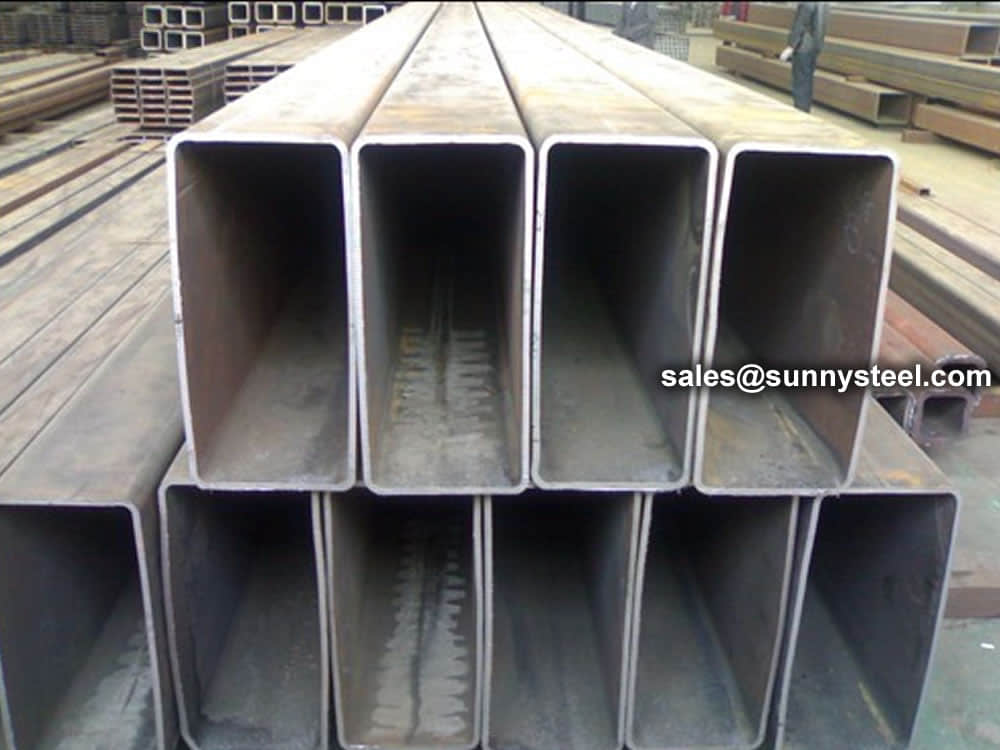

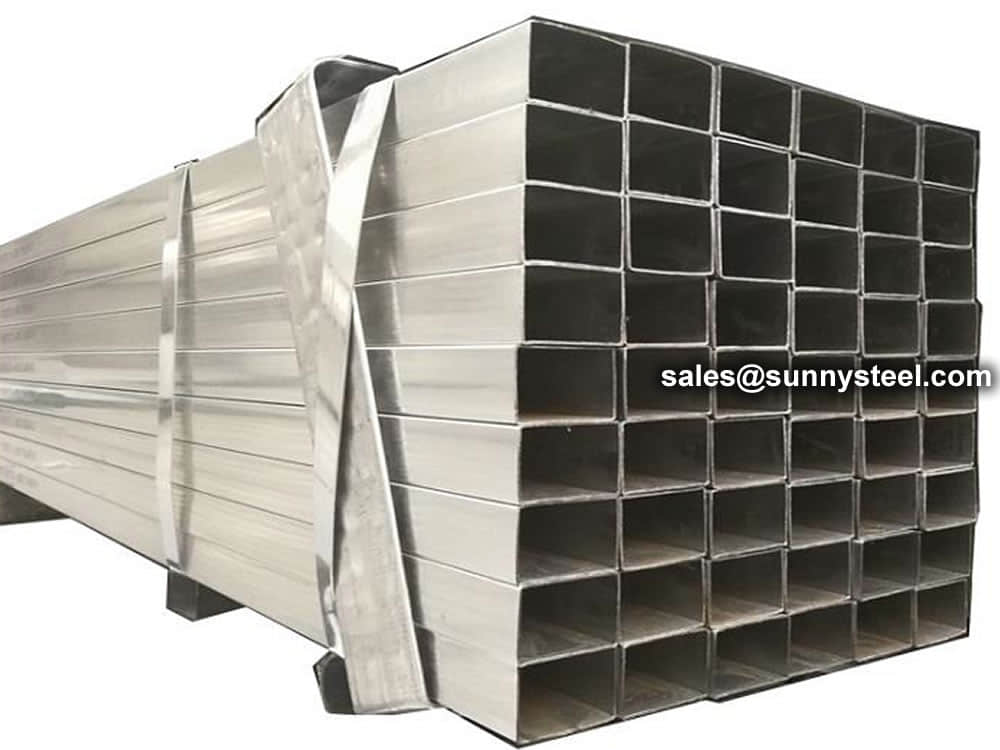
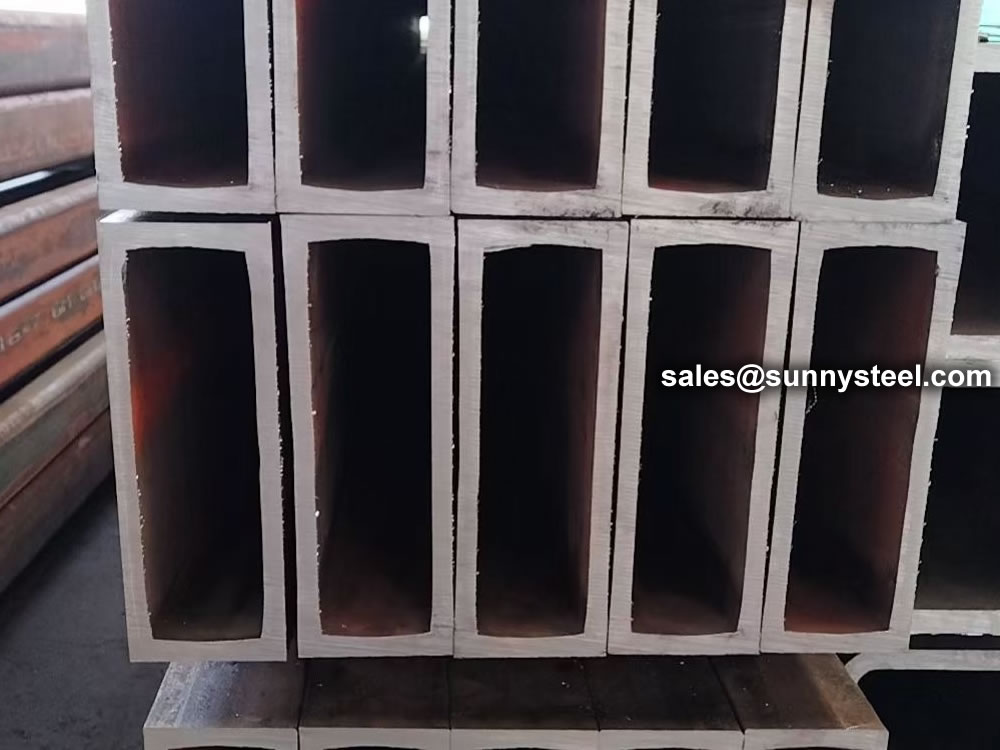
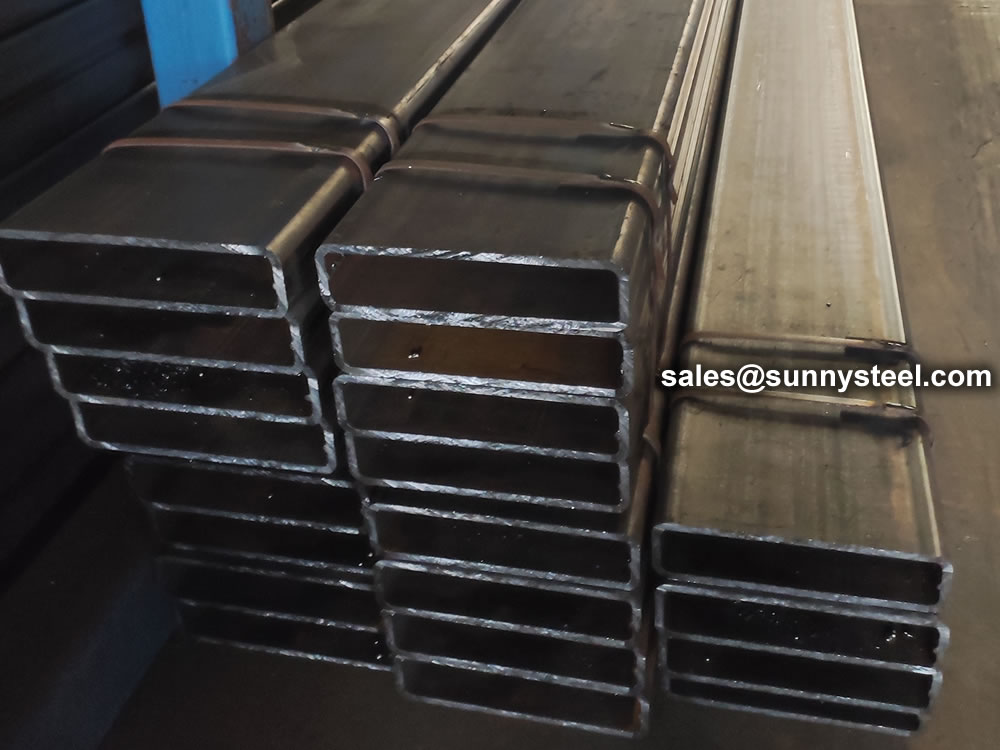
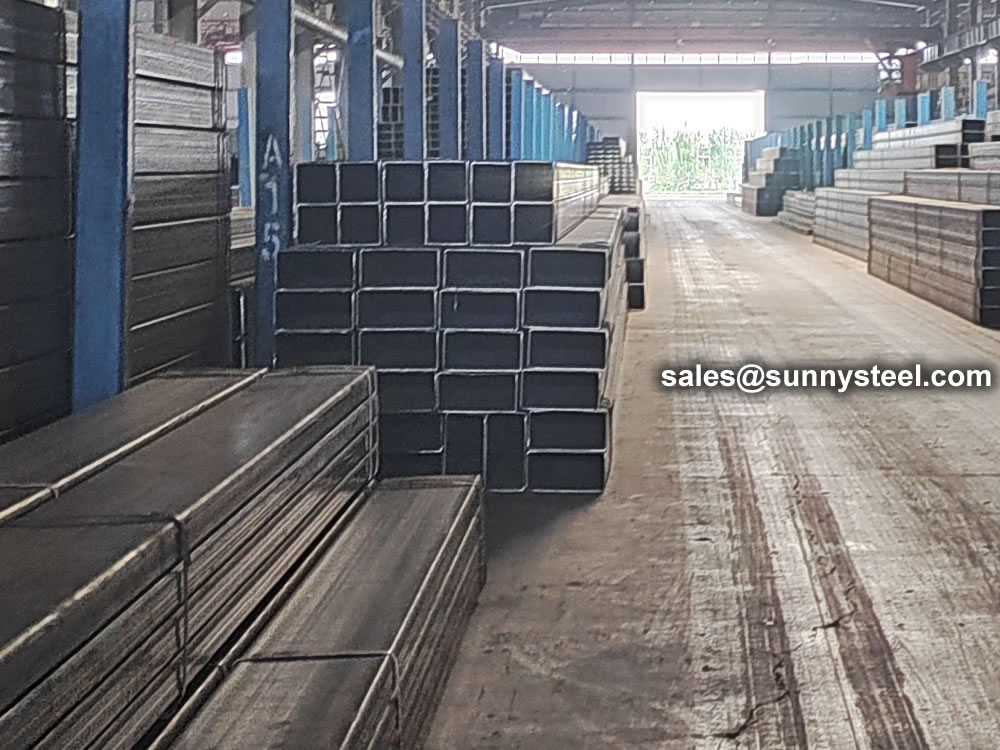
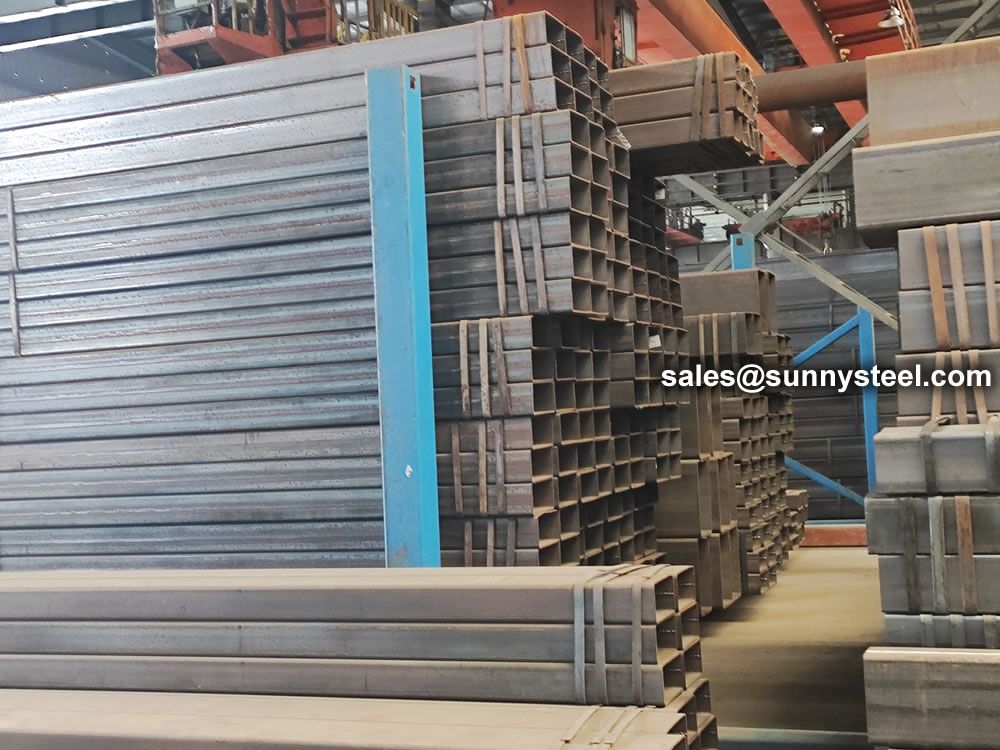
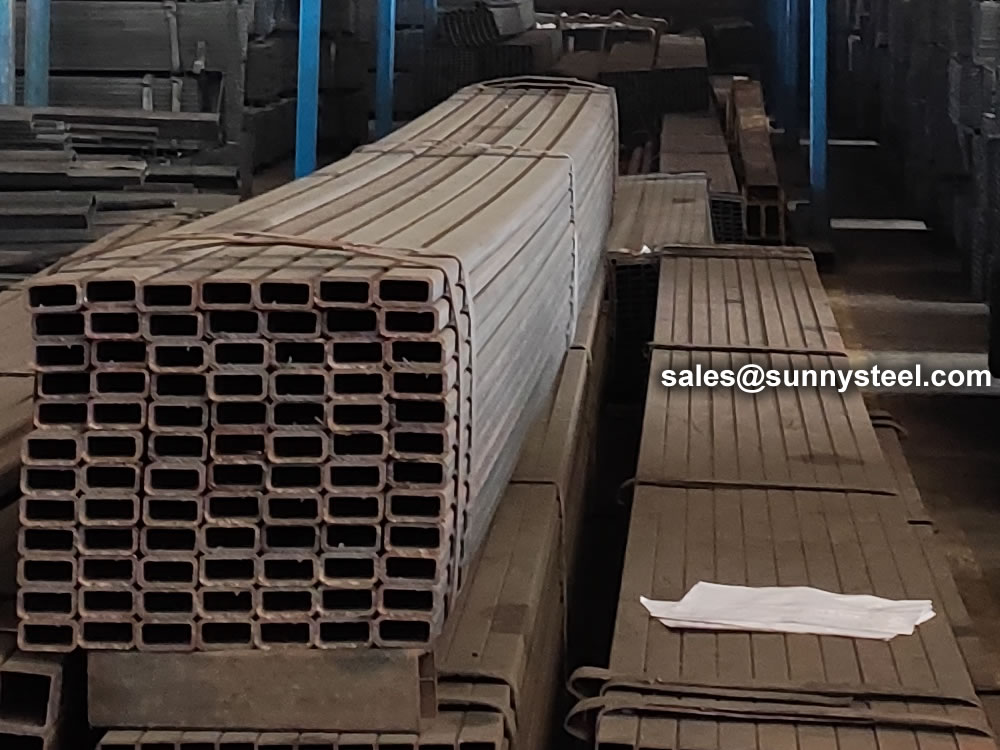

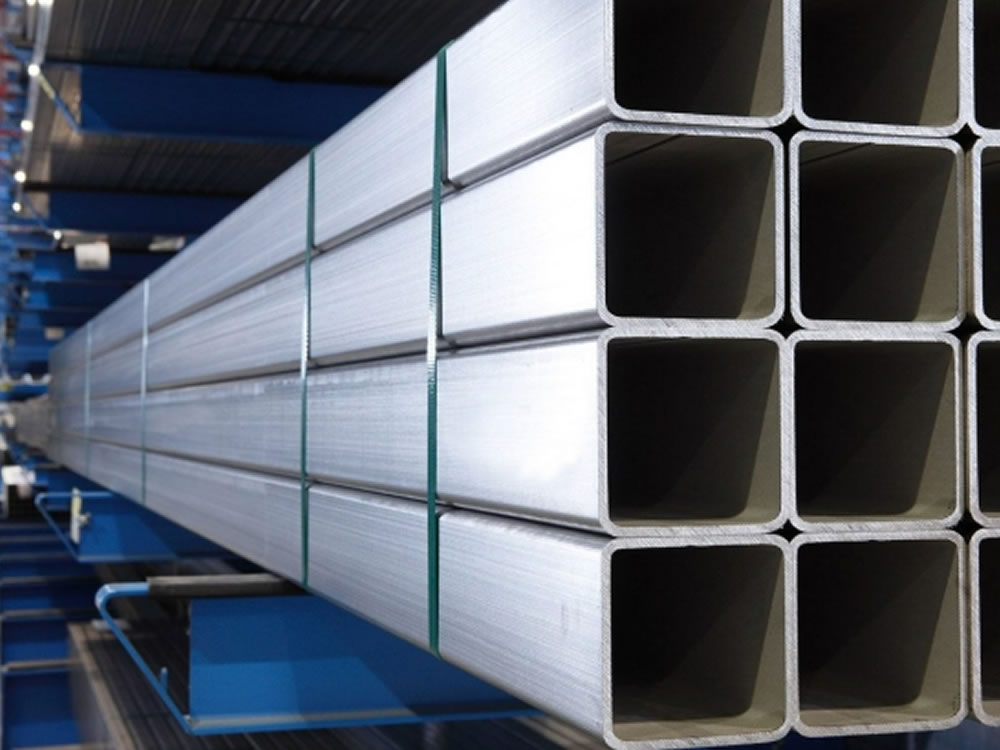
Stainless hollow sections, also known as stainless steel box sections or stainless steel square hollow sections (SHS), are structural components made of stainless steel with a hollow, square-shaped cross-section.
Type:Stainless Steel Square Tube, Stainless Steel rectangular Tube, Square Hollow Section, Rectangular Hollow Section
Standard:ASTM A554,ASTM A249,ASTM A312,DIN11850,JIS G3459,JIS G3448,GB/T12770,GB/T12771
Steel Grades: 304/304L,316/316L,301,202,201,409,410,430
Surface: Pickled, Bright, Matt, Polished, Mirror.
Application: The high quality Stainless steel rectangular pipe / tube is widely used for building, architecture, industry, safeguard, decoration, tools, etc.
Special welded tubes, often used in critical industrial applications, require careful handling and transportation to ensure they reach their destination in optimal condition. These tubes may vary in size, material, and specifications, making their proper delivery essential.
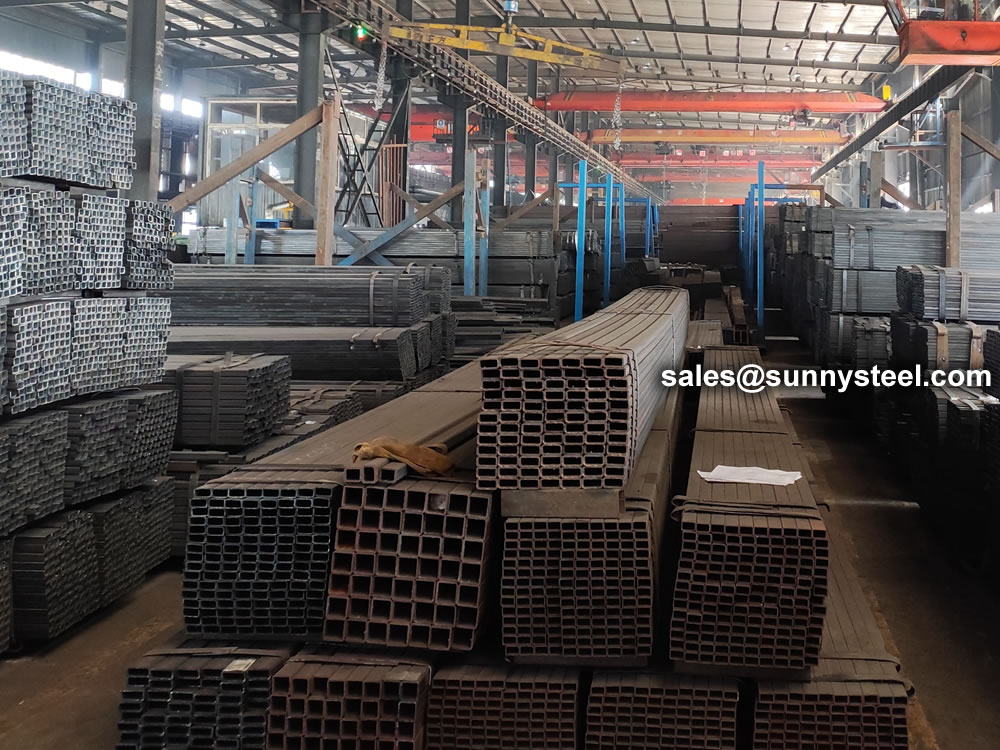
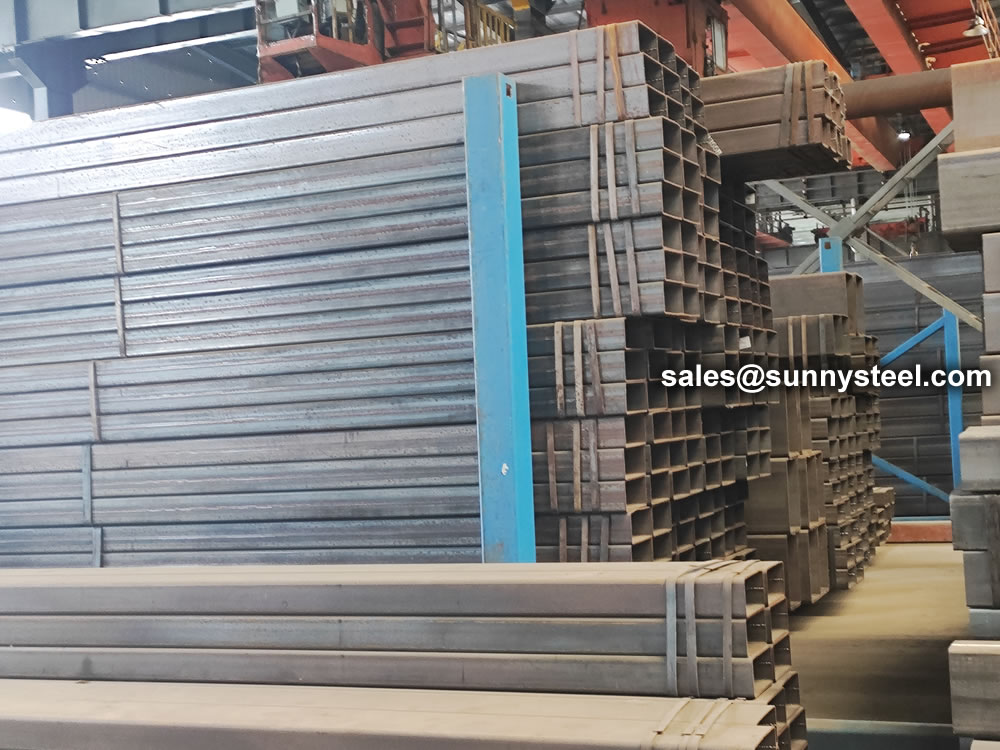

| Product Name | Executive Standard | Dimension (mm) | Steel Code / Steel Grade |
|---|---|---|---|
| Casting | API 5CT | Ø48.3~273 x WT2.77~11.43 | J55, K55, N80, L80 |
| Tubing | API 5CT | Ø48.3~273 x WT2.77~11.43 | J55, K55, N80, L80, H40 |
| Product Name | Executive Standard | Dimension (mm) | Steel Code / Steel Grade |
|---|---|---|---|
| Line Pipes | API 5L | Ø60.3~273.1 x WT2.77~12.7 | A25, A, B, X42, X46, X52, X56, X60, X65, X70, X80 |
| Product Name | Executive Standard | Dimension (mm) | Steel Code / Steel Grade |
|---|---|---|---|
| Electric-Resistance-Welded Steel Pipes | ASTM A135 | Ø42.2~114.3 x WT2.11~2.63 | A |
| Electric-Resistance-Welded Carbon Steel and Carbon-Manganese Steel Boiler and Superheater Tubes | ASTM A178 | 42.2-114.3 x 2.11-2.63 | A, C, D |
| ERW and Hot-dip Galvanized Steel Pipes | ASTM A53 | Ø21.3~273 x WT2.11~12.7 | A, B |
| Pipes for Piling Usage | ASTM A252 | Ø219.1~508 x WT3.6~12.7 | Gr.2, Gr.3 |
| Tubes for General Structural Purpose | ASTM A500 | Ø21.3~273 x WT2.11~12.7 | Gr.2, Gr.3 |
| Square Pipes for General Structural Purpose | ASTM A500 | 25 x 25~160 x 160 x WT1.2~8.0 | Carbon Steel |
| Product Name | Executive Standard | Dimension (mm) | Steel Code / Steel Grade |
|---|---|---|---|
| Threaded Steel Pipes | DIN 2440 | Ø21~164 x WT2.65~4.85 | Carbon Steel |
| Product Name | Executive Standard | Dimension (mm) | Steel Code / Steel Grade |
|---|---|---|---|
| Screwed and Socketed Steel Tubes | BS 1387 | Ø21.4~113.9 x WT2~3.6 | Carbon Steel |
| Scaffolding Pipes | EN 39 | Ø48.3 x WT3.2~4 | Carbon Steel |
| Product Name | Executive Standard | Dimension (mm) | Steel Code / Steel Grade |
|---|---|---|---|
| Carbon Steel Tubes for General Structure Purpose | JIS G3444 | Ø21.7~216.3 x WT2.0~6.0 | Carbon Steel |
| Carbon Steel Tubes for Machine Structure Purpose | JIS G3445 | Ø15~76 x WT0.7~3.0 | STKM11A, STKM13A |
| Carbon Steel Pipes for Ordinary Piping | JIS G3452 | Ø21.9~216.3 x WT2.8~5.8 | Carbon Steel |
| Carbon Steel Pipes for Pressure Service | JIS G3454 | Ø21.7~216.3 x WT2.8~7.1 | Carbon Steel |
| Carbon Steel Rigid Steel Conduits | JIS G8305 | Ø21~113.4 x WT1.2~3.5 | G16~G104, C19~C75, E19~E75 |
| Carbon Steel Rectangular Pipes for General Structure | JIS G3466 | 16 x 16~150 x 150 x WT0.7~6 | Carbon Steel |
The alloy content of the coil is often lower than similar grades of steel plate, improving the weldability of the spiral welded pipe. Due to the rolling direction of spiral welded pipe coil is not perpendicular to the pipe axis direction, the crack resistance of the spiral welded pipe materials.
Welded steel pipe refers to a steel pipe with seams on the surface that is welded by bending and deforming a steel strip or steel plate into a circular, square or other shape. The blanks used for welded steel pipes are steel sheets or strips.
Since the 1930s, with the rapid development of continuous rolling production of high-quality strip steel and the advancement of welding and inspection technology, the quality of welds has been continuously improved, and the varieties and specifications of welded steel pipes have been increasing.
When the T-shaped welded steel pipe contains Ni, it has strong corrosion resistance in an acidic environment. In an environment containing sulfuric acid or hydrochloric acid, the higher the Ni content in the T-shaped welded steel pipe, the stronger the corrosion resistance. Under normal circumstances, only adding Cr to the T-shaped welded steel pipe can prevent the phenomenon of corrosion. The poor edge condition of the strip is another important cause of misalignment. The effects of changes in mass flow, heat flow density and structural parameters (ratio of helical curvature diameter to T-shaped welded steel pipe diameter Dc/D) on the heat transfer coefficient of saturated bubble boiling in vertical spiral pipes.
During the production of T-shaped welded steel pipes, misalignment occurs from time to time, and there are many influencing factors. In production practice, the steel pipe is often degraded by the wrong side and out of tolerance. Therefore, it is necessary to analyze the reasons for the misalignment of the spiral steel pipe and its preventive measures.
Due to the poor shape and dimensional accuracy of the head and tail of the uncut steel strip, it is easy to cause the steel strip to bend hard and cause misalignment during butt joint. Simulation parameter range: vertical pipe: pipe diameter D=10mm, pipe length L=660mm; three types of vertical T-shaped welded steel pipe: pipe diameter D=10mm, the change of the ratio of the curvature diameter of the T-shaped welded steel pipe to the spiral pipe diameter is Dc /D=15, 20, 25, helical pitch Pt=20mm, tube lengths are L=503mm, L=660mm, L=817mm respectively. Mass flow G=200~400Kg/(m'2 s), heat flux density q=5~15KW/m'2, saturation pressure p, saturation=0.414880MPa, saturation temperature T, saturation=283.15K.
The technical requirements and inspection of welded pipes are based on the provisions of the GB3092 "Welded Steel Pipes for Low-Pressure Fluid Transmission". It can be delivered according to fixed length or double length. The surface of the steel pipe should be smooth, and defects such as folds, cracks, delamination, and lap welding are not allowed. The surface of the steel pipe is allowed to have minor defects such as scratches, scratches, weld misalignment, burns and scars that do not exceed the negative deviation of the wall thickness. The thickening of the wall thickness and the presence of inner seam weld bars are allowed at the weld.
Welded steel pipes should be subjected to mechanical performance test, flattening test and flaring test, and must meet the requirements of the standard. When the steel pipe should be able to withstand the internal pressure, carry out a pressure test of 2.5Mpa, and keep it for one minute without leakage. The method of eddy current flaw detection is allowed to replace the hydrostatic test. The eddy current flaw detection is carried out according to the standard of GB7735 "Steel tube eddy current flaw detection inspection method". The eddy current flaw detection method is to fix the probe on the frame, keep a distance of 3~5mm between the flaw detection and the weld seam, and conduct a comprehensive scan of the weld seam by the rapid movement of the steel pipe. The flaw detection signal is automatically processed and sorted by the eddy current flaw detector. To achieve the purpose of flaw detection. The welded pipe after the flaw detection is cut off according to the specified length with a flying saw, and it is rolled off the assembly line through the turning frame. Both ends of the steel pipe should be chamfered with flat ends, printed with marks, and the finished pipes are packed in hexagonal bundles before leaving the factory.
Straight seam steel pipe is a steel pipe whose weld seam is parallel to the longitudinal direction of the steel pipe. Generally, its strength is higher than that of straight seam welded pipe. Narrower billets can be used to produce welded pipes with larger diameters, and the same width of billets can be used to produce welded pipes with different pipe diameters. But compared with the straight seam pipe of the same length, the weld length is increased by 30~100%, and the production speed is lower. So what are its processing methods?
The surface quenching and tempering heat treatment of straight seam welded pipe is usually carried out by induction heating or flame heating. The main technical parameters are surface hardness, local hardness and effective hardened layer depth. Vickers hardness tester can be used for hardness testing, and Rockwell or superficial Rockwell hardness tester can also be used. When the surface heat treatment hardened layer is thick, the Rockwell hardness tester can also be used. When the thickness of the heat-treated hardened layer is 0.4-0.8mm, the HRA scale can be used, and when the thickness of the hardened layer exceeds 0.8mm, the HRC scale can be used.
If the parts require high local hardness, local quenching heat treatment can be carried out by means of induction heating. Such longitudinal welded pipes usually need to mark the location of local quenching heat treatment and local hardness value on the drawing. Hardness testing of longitudinally welded pipes shall be carried out in the area. The hardness testing instrument can use a Rockwell hardness tester to test the HRC hardness value. If the heat-treated hardened layer is shallow, a surface Rockwell hardness tester can be used to test the HRN hardness value.
The three hardness values of Vickers, Rockwell and Superficial Rockwell can be easily converted to each other and converted into hardness values required by standards, drawings or users. The corresponding conversion tables are given in the international standard ISO, the American standard ASTM and the Chinese standard GB/T.
